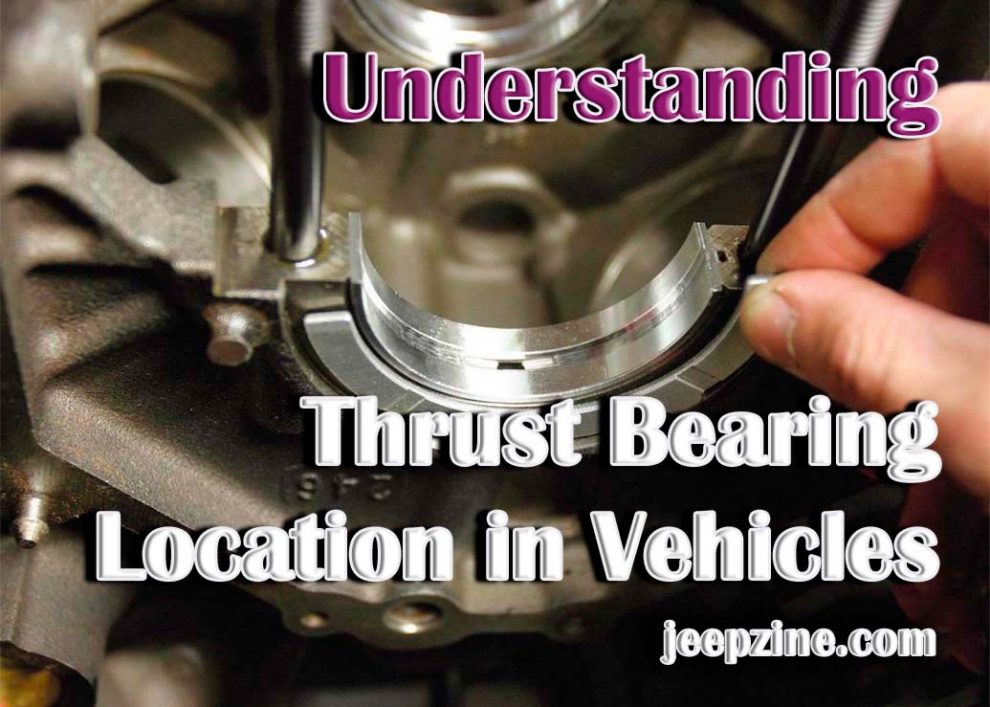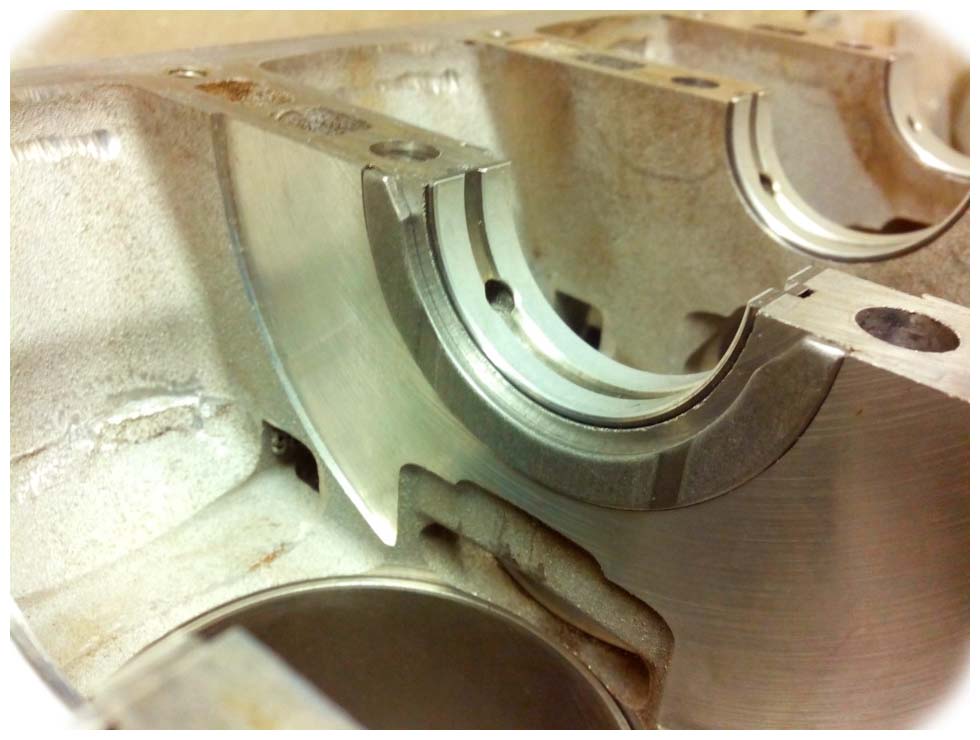A thrust bearing is a specialized type of bearing designed to handle thrust loads and help reduce friction between rotating shafts. These bearings are generally found in automotive applications, including cars and light trucks, as well as other mechanical devices. The purpose of a thrust bearing is to keep the axle, transmission, or wheel from moving forward or backward along its axis – allowing for smooth operation without any binding or stalling.
The Role of Thrust Bearings in Vehicles
Thrust bearings are used in vehicles to provide support and stability for axles and wheels during high-speed driving conditions. They allow for the transfer of torque from the engine to the drivetrain without any jerking or shaking while ensuring that the components do not move out of position due to high levels of friction on the axle or wheel assembly. Additionally, they also help reduce wear on internal parts caused by shock load forces generated during acceleration and braking maneuvers. Also read here about the Cost of Replacing a Wheel Bearing.
Types of Thrust Bearings Used in Automobiles
There are two basic types of thrust bearings commonly used in vehicles: ball bearings and tapered roller bearings. Ball bearings use a series of small steel balls rolling between two metal surfaces; while tapered roller bearings use rollers with tapered surfaces that are capable of withstanding greater force. Both types of thrust bearings play an important role in increasing the efficiency of your vehicle’s drivetrain while reducing wear and tear on components.
 Common Thrust Bearing Location in Cars
Common Thrust Bearing Location in Cars
Thrust bearings can be found in many parts of a vehicle, including the transmission, differential, and wheel hubs. They are also used in car engines where they provide support and stability to rotating shafts such as camshafts – allowing them to rotate without any binding or stalling. In some cases, thrust bearings may also be found in other places such as steering systems and brakes; however, this is not a common occurrence due to their specialized design and purpose.
Symptoms Indicating Faulty or Damaged Thrust Bearing
If the thrust bearing wears out, it can cause many problems for your vehicle. Some common symptoms include noise when accelerating, vibration during braking, and increased fuel consumption due to reduced power output from the engine. Additionally, if left unchecked, a faulty bearing can cause catastrophic damage to other parts of the drivetrain as well as axles and wheels.
How to Maintain Your Vehicle’s Thrust Bearings
The best way to ensure that your thrust bearings are functioning properly is by regularly maintaining them according to manufacturer specifications – which typically include replacing them every 5 years or so depending on usage and driving conditions. It is also important to regularly inspect all components to catch any signs of wear or damage early on before they become too severe. Additionally, using high-quality lubricants for these bearings helps protect them against corrosion and abrasion while ensuring that they perform at their peak level throughout their life span.
Conclusion
Thrust bearings play a vital role in keeping your vehicle running smoothly and efficiently. Understanding the basics of thrust bearing location in vehicles and how they function is essential for maintaining them correctly. Regular maintenance, inspections, and use of quality lubricants can help keep your vehicle’s thrust bearings functioning properly and protect them from wear and tear over time.


 Common Thrust Bearing Location in Cars
Common Thrust Bearing Location in Cars
Add Comment